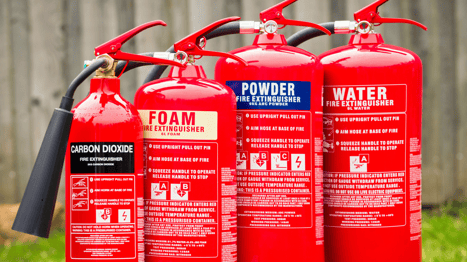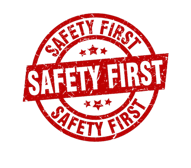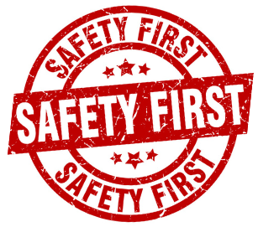Types of Fire Extinguishers & Their Applications: The Ultimate Guide
Understanding the different types of fire extinguishers is crucial for effective fire safety. This blog breaks down each extinguisher type, its uses, and where it should be deployed to ensure maximum protection in homes, offices, and industrial setups.
6/26/20242 min read
Fire emergencies can strike at any moment—at home, at work, or in public spaces. Having the right type of fire extinguisher on hand isn’t just a safety precaution—it can save lives, protect property, and prevent widespread damage. However, not all fire extinguishers are created equal. Each is designed for specific types of fires and environments.
In this guide, we’ll break down the main types of fire extinguishers, their suitable applications, and how to choose the right one for your needs.


Understanding Fire Classes
Before selecting a fire extinguisher, it’s important to understand the types of fires (or “classes”) they are designed to combat:
Class A: Fires involving ordinary combustibles like wood, paper, cloth
Class B: Fires involving flammable liquids like oil, petrol, paint
Class C: Fires involving flammable gases such as LPG or propane
Class D: Fires involving combustible metals like magnesium or sodium
Class K (or F): Fires involving cooking oils and fats
Electrical Fires: Fires involving live electrical equipment
1. Water-Based Fire Extinguisher
Use For: Class A fires (paper, wood, textiles)
Do Not Use For: Electrical, oil, or gas fires
Applications: Schools, offices, residential areas
Never use water on electrical or oil fires—it can make them worse!
2. Foam Fire Extinguisher (AFFF)
Use For: Class A & B fires (solid combustibles + flammable liquids)
Applications: Fuel stations, warehouses, garages, workshops
Foam forms a cooling blanket, cutting off oxygen to suppress flammable liquids.
3. Dry Chemical Powder (ABC) Fire Extinguisher
Use For: Class A, B, C & Electrical fires
Applications: Factories, homes, offices, vehicles, construction sites
Most versatile extinguisher, ideal for mixed-risk environments.
4. Carbon Dioxide (CO₂) Fire Extinguisher
Use For: Electrical fires, Class B fires
Do Not Use For: Class A fires (it doesn't cool materials well)
Applications: IT rooms, server areas, offices, control rooms
Leaves no residue—safe for electronics.
5. Wet Chemical Fire Extinguisher
Use For: Class K/F fires (cooking oils and fats)
Applications: Commercial kitchens, restaurants, cafeterias, food trucks
Designed specifically for deep fat fryer fires and high-temperature cooking oils.
6. Class D Fire Extinguisher
Use For: Combustible metal fires (Class D)
Applications: Laboratories, chemical plants, metal processing units
Only suitable for very specific industrial applications.
Types of Fire Extinguishers & Their Uses
Final Thoughts
Every second counts during a fire. Having the correct type of fire extinguisher—and knowing how to use it—can be the difference between a minor incident and a catastrophic loss.
For expert advice, site assessments, or certified extinguisher installations in Goa, Safety First Goa is your trusted partner in industrial and residential fire safety.



